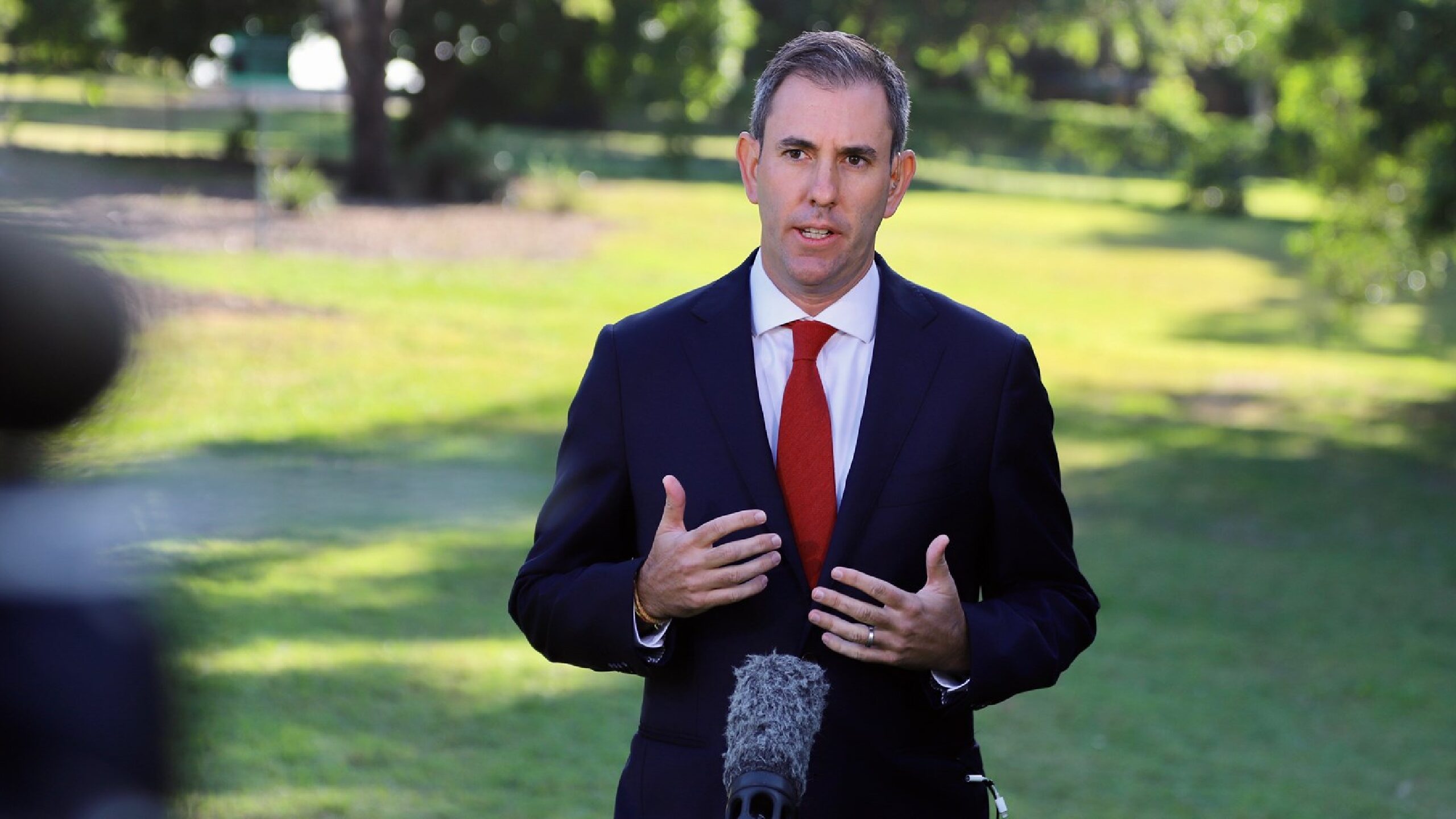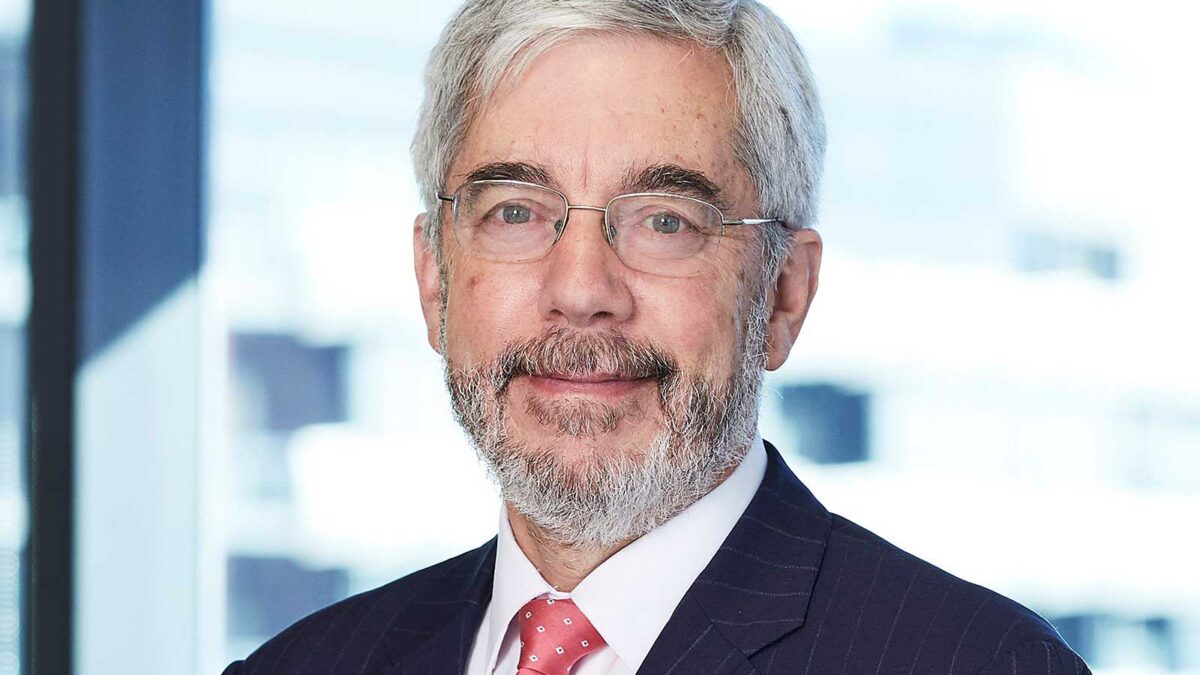Why the Fed won’t blink (and private equity might break)
Markets are a tough place to be right now, and that’s unlikely to change anytime soon. Banks are breaking; an economic slowdown looms; investors at home and away are hoping (praying) for a rate pause, or better yet, a cut. Federal Reserve chairman Jerome Powell sketched one for some time next year, but the things that his Fed is trying to kill are still alive and well.
“They won’t cut until they see a very clear move down in areas like the labour market,” says Jonathan Rawicz, senior portfolio manager for EFGAM’s global equity conviction strategy. “The only reason they would cut before that is if they have a systemic banking crisis where there’s uncontained contagion. There’s been fears of that for the last few weeks and the market’s been whipsawing, but the ECB laid it out; they raised 50 basis points anyway. And the Fed did it too.”
“The only time that rates will be cut is if their efforts to stem the banking crisis don’t get results and we see a credit crunch developing. And the credit crunch would hit the economy very quickly, like it did in 2008, and then you have to lower rates.”
Following weeks of anxiety about the stability of the global banking system, some investors rate the chances of another Fed “blink” – which occurred in 2018 when Powell stopped raising rates, and which is held up by his critics as setting the global economy on the inflationary path we’re now on. But Rawicz believes this time is different. The Fed will instead use its lending facility for all it’s worth, providing liquidity to entities that might come under strain while leaving reckless institutions out in the cold.
“As a market participant I’d be very disappointed if (the Fed blinked),” Rawicz says. “We’ve had a tendency over the years to bail out things when the cycle turns, and capitalism is not supposed to be a system where you let people benefit from the upside and underwrite the downside. It’s supposed to have an element of creative destruction to it, where people who have misallocated capital or run businesses that aren’t profitable or are overleveraged get washed out of the system.”
“If you remove that discipline by keeping a put there no matter what, even with small events, you basically introduce moral hazard into the system, and the economy’s overall efficiency and productivity declines over time.”
The recent panic in the banking sector saw “everybody looking for the next weakest participant”, Rawicz says. But the one good thing about this crisis is that there’s no time being wasted by the regulator.
“The unfortunate thing is you get concentration; that’s the downside of too big to fail,” Rawicz says. “Now we’ve got a behemoth of a Swiss bank; it’s not in Switzerland’s best interests or global best interests to have too little competition and ever larger more complex entities taking risk.”
“I think part of the response to this should be about ways to increase competition; maybe we need the larger banks to be regulated in a way that they’re disincentivised from being as large as they are. That debate was had in 2008, but we don’t seem to learn any lessons. We just keep creating bigger and bigger banks.”
But amidst the wreckage of SVB and Credit Suisse, investors are trying to figure out what might be the next thing to break before it actually does. Rawicz is one of a growing number of investors concerned about private equity – particularly the leverage present within it, and what happens to the asset class in a prolonged recession.
“We haven’t seen anything major happen, but I think what’s happened in the private equity space is a risk; it’s exposed to the same economy as public equity, and valuations there can’t really materially drift and be very different from the public markets,” Rawicz says. “You’re going to have a situation where you have higher cost of capital, a slowdown and potentially some PE firms have paid too much. Those losses are going to start being realised.”
“As interest rates have been kept low, people have moved up the risk spectrum because yields have been low and growth has been scarce. PE delivered very good returns and benefitted from a lower cost of capital. When that reverses, they’ll start marking to the same marks everybody else does and face the higher cost of capital. I’m not saying that’s a systemic problem – investors might just lose quite a bit of money. It just happens a bit slower.”










